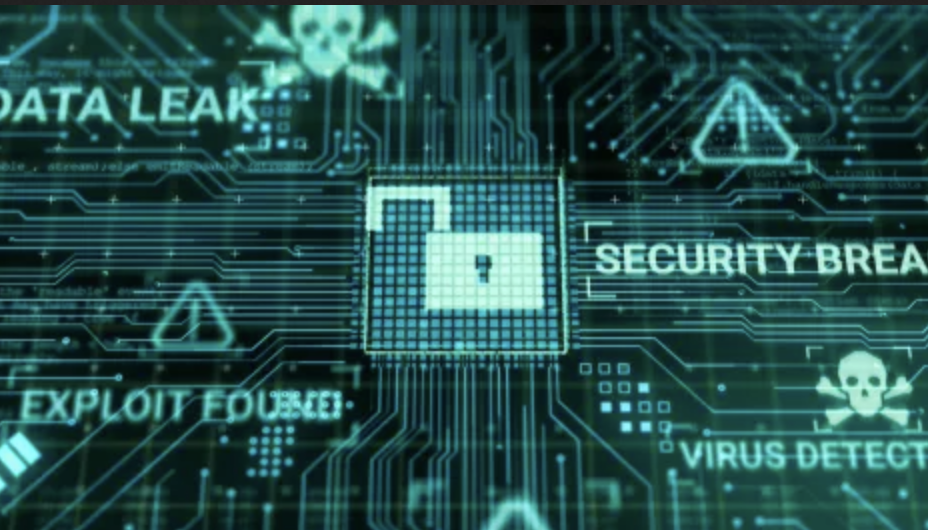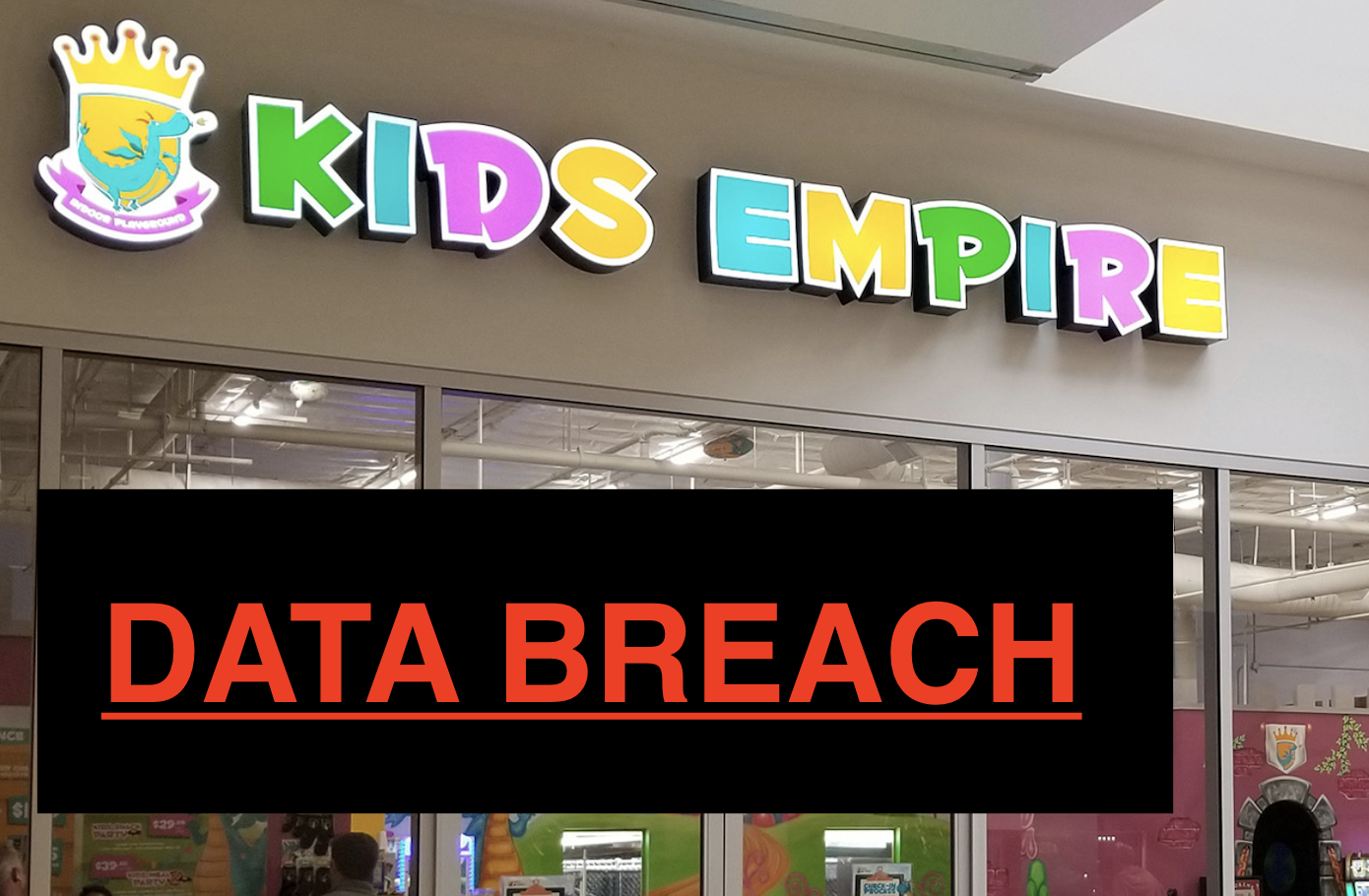The number of victims listed on ransomware leak sites is up 110% year-on-year in November, according to Corvus Insurance
Ransomware data leaks pose significant risks to both individuals and organizations. When ransomware attackers threaten to leak sensitive data unless a ransom is paid, it can result in various consequences, including:
- Loss of Confidential Information: Leaked data could contain personal information, financial records, sensitive company data, or intellectual property, leading to privacy violations, identity theft, or financial fraud.
- Reputation Damage: For businesses, data leaks can severely damage their reputation, erode trust among customers, partners, and stakeholders, resulting in loss of business opportunities and credibility.
- Legal and Compliance Issues: Depending on the nature of the leaked data, organizations might face legal consequences due to non-compliance with data protection laws and regulations.
- Financial Impact: Paying ransom demands doesn’t guarantee the safe return of data. Furthermore, recovery costs, including potential fines, legal fees, and cybersecurity improvements, can be substantial.
To protect against ransomware data leaks, average people can take several preventive measures:
- Backup Regularly: Maintain backups of important files and ensure they are stored securely offline or on a separate network. Regular backups help restore data in case of a ransomware attack.
- Use Antivirus and Security Software: Install reputable antivirus and antimalware software and keep it updated to detect and prevent ransomware attacks.
- Update Software and Systems: Regularly update operating systems, software, and applications to patch vulnerabilities that attackers might exploit.
- Beware of Phishing Emails: Be cautious of unsolicited emails, links, or attachments from unknown sources. Phishing emails are common entry points for ransomware attacks.
- Enable Firewall Protection: Use firewalls to prevent unauthorized access to your network and devices.
- Educate Yourself: Stay informed about the latest cybersecurity threats and practices. Education helps recognize suspicious activities and potential threats.
- Implement Security Measures: Utilize strong, unique passwords for accounts and enable two-factor authentication wherever possible.
- Limit Access to Sensitive Data: Ensure that access to sensitive information is restricted and only granted to authorized personnel.
- Have a Response Plan: Create and regularly update an incident response plan to manage a ransomware attack efficiently.
- Consider Cyber Insurance: Evaluate and consider cyber insurance to help mitigate financial losses in case of a ransomware incident.
Prevention and preparation are key in safeguarding against ransomware data leaks. Being proactive in implementing security measures and staying vigilant against potential threats can significantly reduce the risk of falling victim to ransomware attacks.


